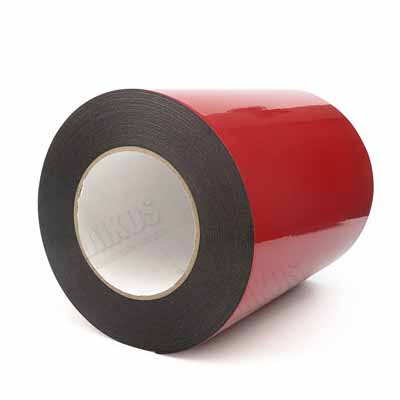Copper shielding tape is made of conductive adhesives and copper foil backing. copper foil backings are corrosion-resistant and solderable. Copper shielding tape with conductive adhesive on both sides is ideal for grounding conductive surfaces and has a low thermal resistance. Copper shielding tape is a cost-effective option.
Among the many uses of copper, the tape is in electronics. It can be used to conduct current from one part of a circuit to another, and it is useful in circuits with low current levels. It can also be used in DIY projects such as paper circuits. It can also be used to teach children about electrical conductivity and circuits.
Copper shielding tape is an excellent choice for shielding components in electronic devices. It can prevent electromagnetic interference, which can lead to a number of problems, such as damage to delicate components. It also prevents signal leakage. Its shielding effectiveness is approximately 80 dB, which is good enough to protect electronic devices from harmful electromagnetic interference.
Guitars are particularly susceptible to electromagnetic interference. Copper shielding tape helps by forming a Faraday cage around the pickups. It also reduces hum and interference from mobile phones and other electronic devices. Copper shielding tape is available in a wide range of sizes and is easy to apply.
Copper shielding tape is widely used in electronics manufacturing and in the electrical and electronics industry. Copper shielding tape is available in various forms, including tinned copper shielding tape, mesh, and flat braid. Tinned copper shielding tape is flexible and is perfect for shielding around cables and grounding. The material is also a great choice for shielding around wires and other electronics. Copper shielding tape is also used to protect plants from slugs and snails.
Copper foil tapes are available in different thicknesses and textures. These tapes can be die-cut, spooled, or laminated. They are an excellent choice for shielding against electromagnetic interference and radio frequency interference. They can also prevent static buildup. Further, these tapes are easy to apply, cheap, and convenient.
To apply copper shielding tape, you must remove the pickguard and output jack cover. To apply the tape, lay the strips in an overlapping fashion. If the strips are too long, you can use scissors to cut them to shorter widths. Once the tape is overlapping, you can apply it along the walls and sides of the cavity, or run it full width across the cavity floor.




